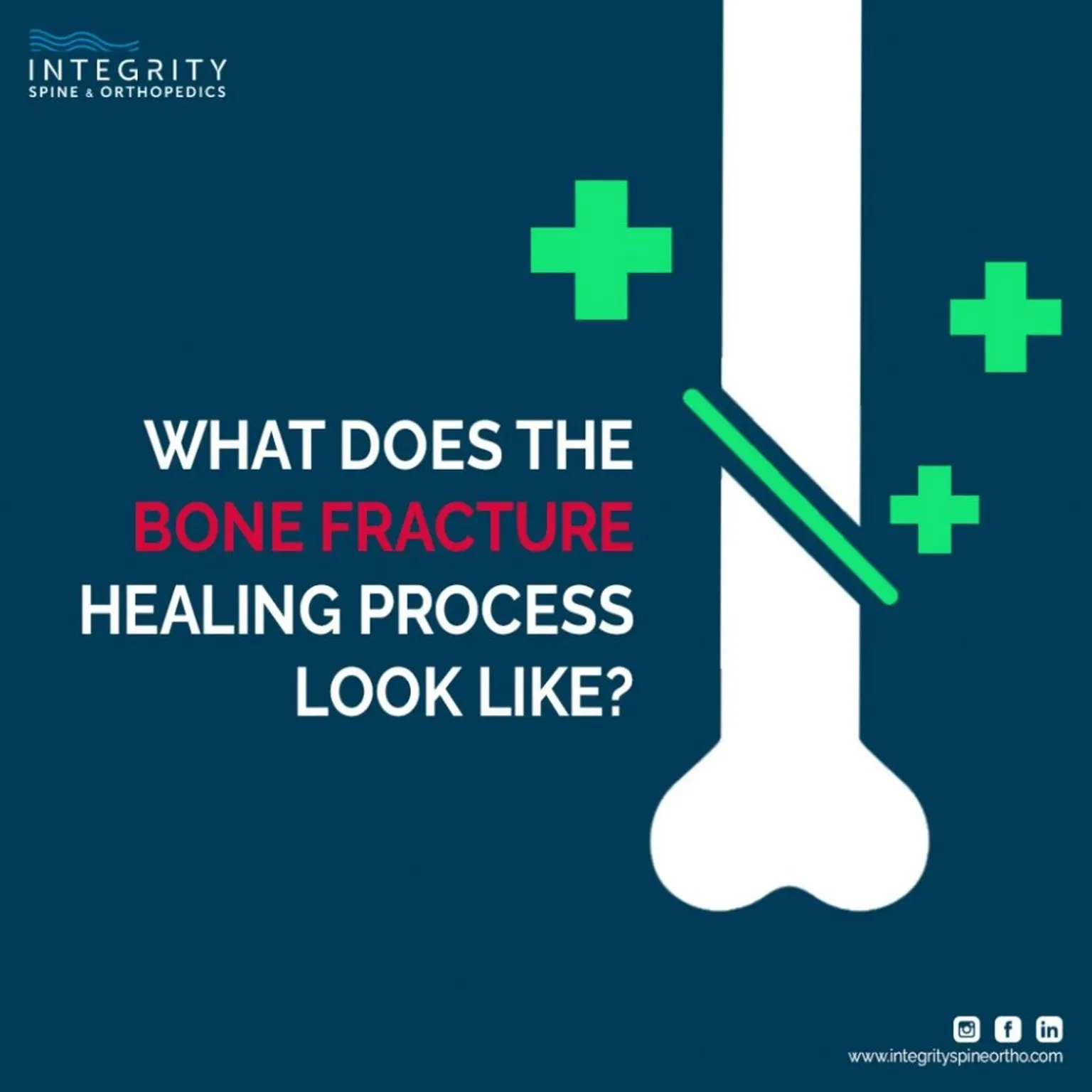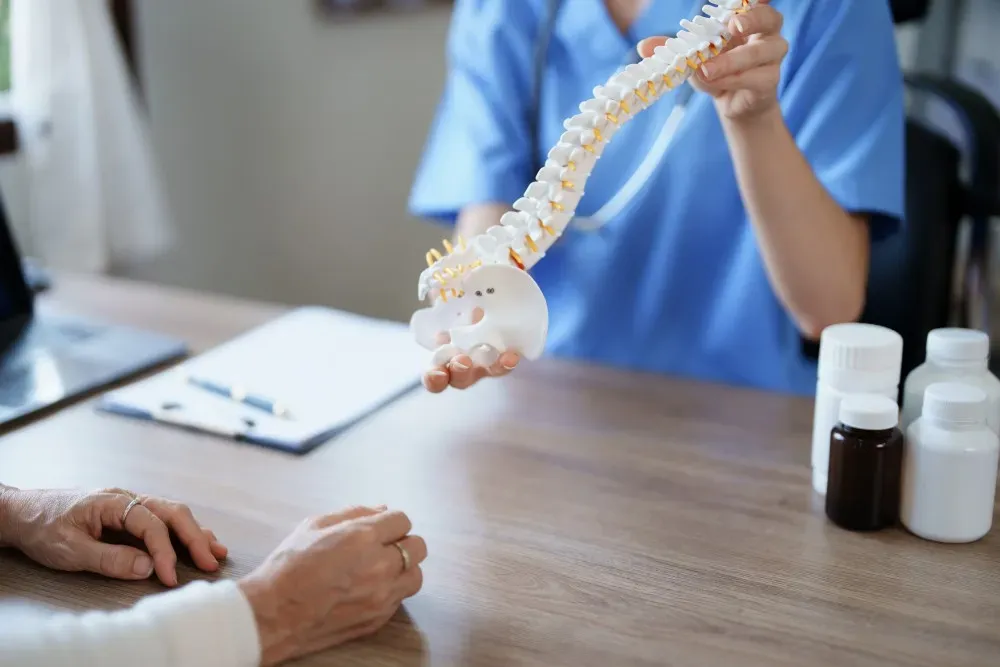Neurosurgery & Orthopedic Surgeons in Jacksonville

What Does the Bone Fracture Healing Process Look Like?
Bone fracture repair is a natural process — the human body has an incredible ability to regrow new bone after a break. However, fractures must be placed in the optimal environment to ensure a proper and complete healing.
Bone fracture repair is a natural process — the human body has an incredible ability to regrow new bone after a break. However, fractures must be placed in the optimal environment to ensure a proper and complete healing.
Fracture treatment depends on the location, severity and type of fracture you sustain. Some fractures can be treated with an immobilizing device like a cast or splint, while more severe compound fractures may require surgical repair.
Once treatment is administered, the real work begins. Bone fractures require stability, good nutrition, and good blood flow to heal properly over the next several weeks. Keep reading to learn more about the fracture healing process and tips for speeding up recovery.
3 STAGES OF FRACTURE HEALING
There are three stages of healing that every fracture undergoes.
- Inflammatory phase. The inflammatory phase — also called the fracture hematoma formation — begins immediately after a fracture occurs. During this phase, bleeding and inflammation begin in the fracture site. The blood clots to form a hematoma at the bone edges, providing the framework for bone regrowth to occur. This phase lasts approximately 1-2 weeks.
- Bone regrowth phase. During the repair phase, new fibrous tissue and cartilage form around the fracture site. The tissues and cartilage form a “soft callus” around bone ends. Eventually, the calluses on the ends of bones meet and join. Hard bone begins replacing the soft, spongy tissues. This phase lasts approximately 2-3 weeks.
- Remodeling phase. Remodeling is the final phase of bone healing. During this phase, solid bone continues to grow, and blood circulation improves at the fracture site. Remodeling typically lasts for several months after the fracture occurs.
The average recovery period for a bone fracture is 6-8 weeks. However, that period can be longer or shorter depending on the location and type of fracture. Compound fractures could take several more weeks or even months to heal completely.
WHAT HURTS BONE HEALING?
There are several factors that could slow the healing process (a delayed union) or lead to a failure to heal (a nonunion). The following risk factors increase the chances of a delayed union or nonunion.
- Smoking or using tobacco products
- Malnutrition or vitamin deficiencies
- Medical conditions like anemia, diabetes, vascular conditions, osteoporosis, and thyroid disorders
- Some medications like corticosteroids
- Old age
- Infection
- Complicated breaks like open or compound fractures
When fractures fail to heal properly, you may experience on-going pain, stiffness, and weakness. Additionally, you will have to undergo further non-surgical or surgical treatments to fix a nonunion.
WHAT HELPS BONE HEALING?
There are several steps you can take to promote proper healing and speed up the process.
- Immobilize the fracture. Broken bones must remain stable and in alignment during the healing process to ensure proper reunion and regrowth. You’ll have a cast, boot, or splint to help hold the bones in place during the healing process. If you had surgery, rods, screws or plates will hold the bones in alignment. Don’t attempt to adjust or remove your immobilizing device until your doctor decides it can come off.
- Follow your doctor’s orders for resuming activities. You’ll have to modify your activities until the fracture is completely healed. Jumping into unapproved activities, sports, or exercise too soon can slow or prevent proper bone healing. Make sure to follow your doctor’s instructions for weight bearing as well.
- Maintain good nutrition. Your body needs adequate nutrients, vitamins, and minerals to heal. Eat a well-balanced diet with plenty of whole foods, fresh veggies, whole grains, good fats, and fresh fruits.
- Avoid high doses of anti-inflammatory medications. Frequent use of corticosteroids or over-the-counter anti-inflammatories like NSAIDs can obstruct the healing process. If you’re in pain, consider taking an over-the-counter pain reliever like acetaminophen.
- Quit smoking. Smoking and using tobacco products inhibits blood flow and significantly slows the healing process.
- Manage medical conditions. If you have a medical condition that could affect fracture healing — like diabetes or a thyroid disorder — make sure you’re following your treatment plan to manage your condition. Unregulated blood sugar levels or hormones could obstruct proper bone healing.
- Attend physical therapy. After your fracture has healed, attend physical therapy to regain muscle and joint strength, increase range of motion, and improve balance, flexibility, and endurance. Physical therapy can help prevent lingering pain, stiffness, and muscle weakness.




